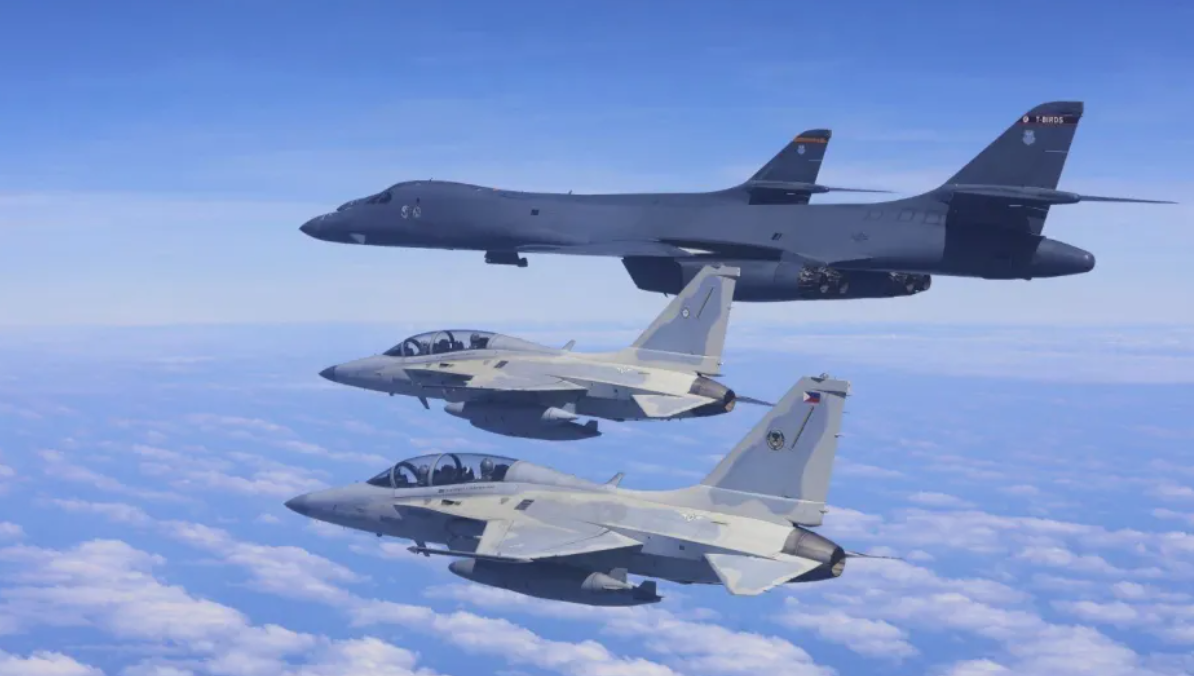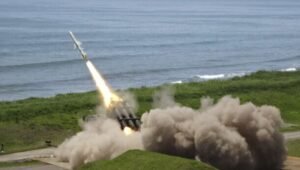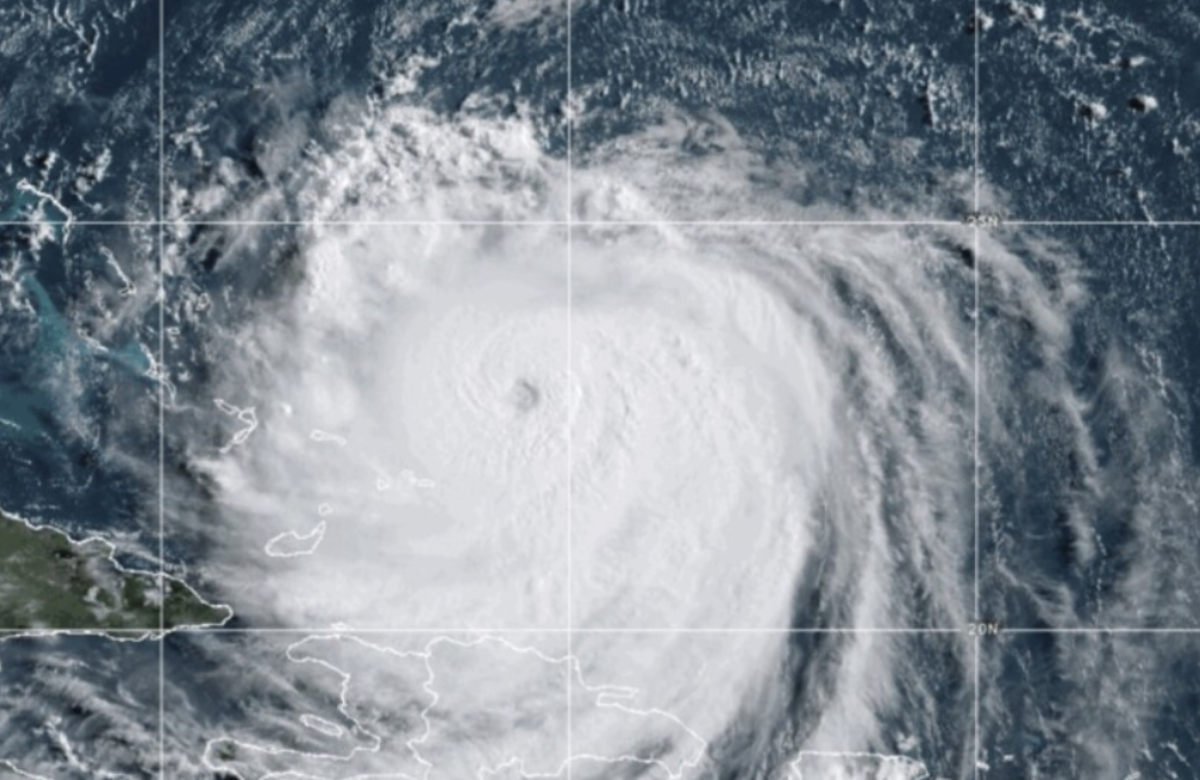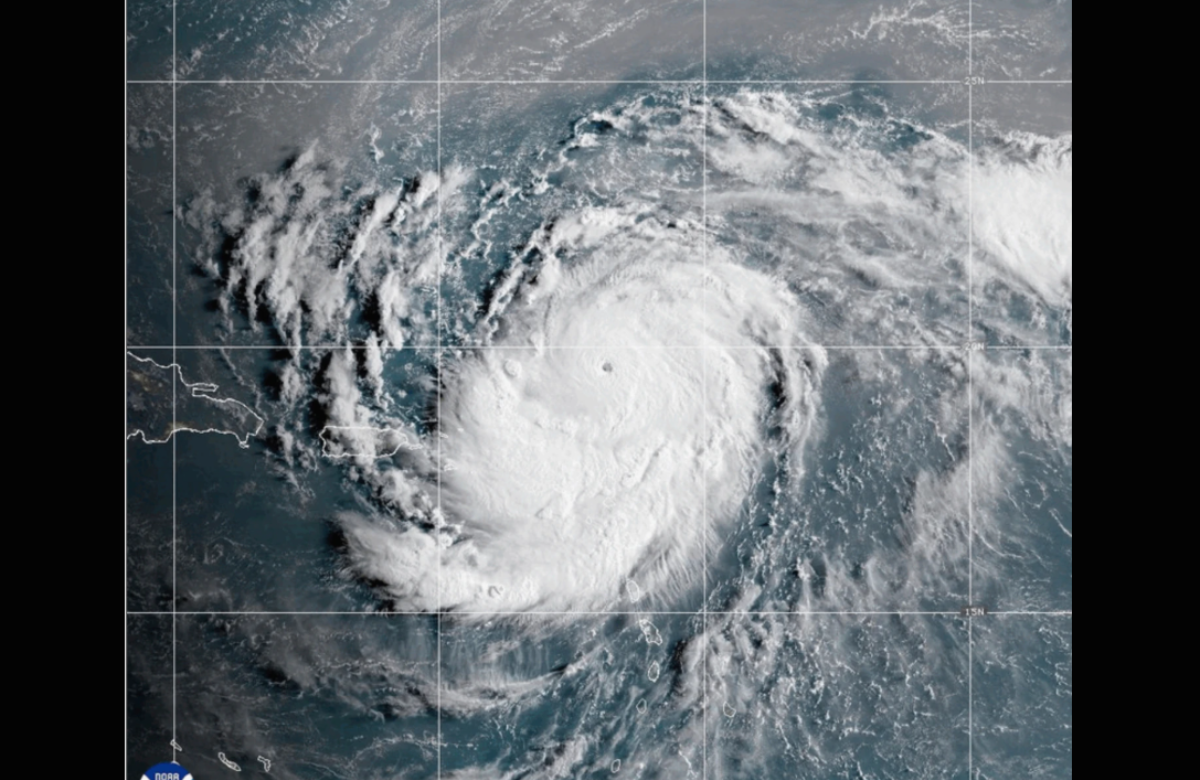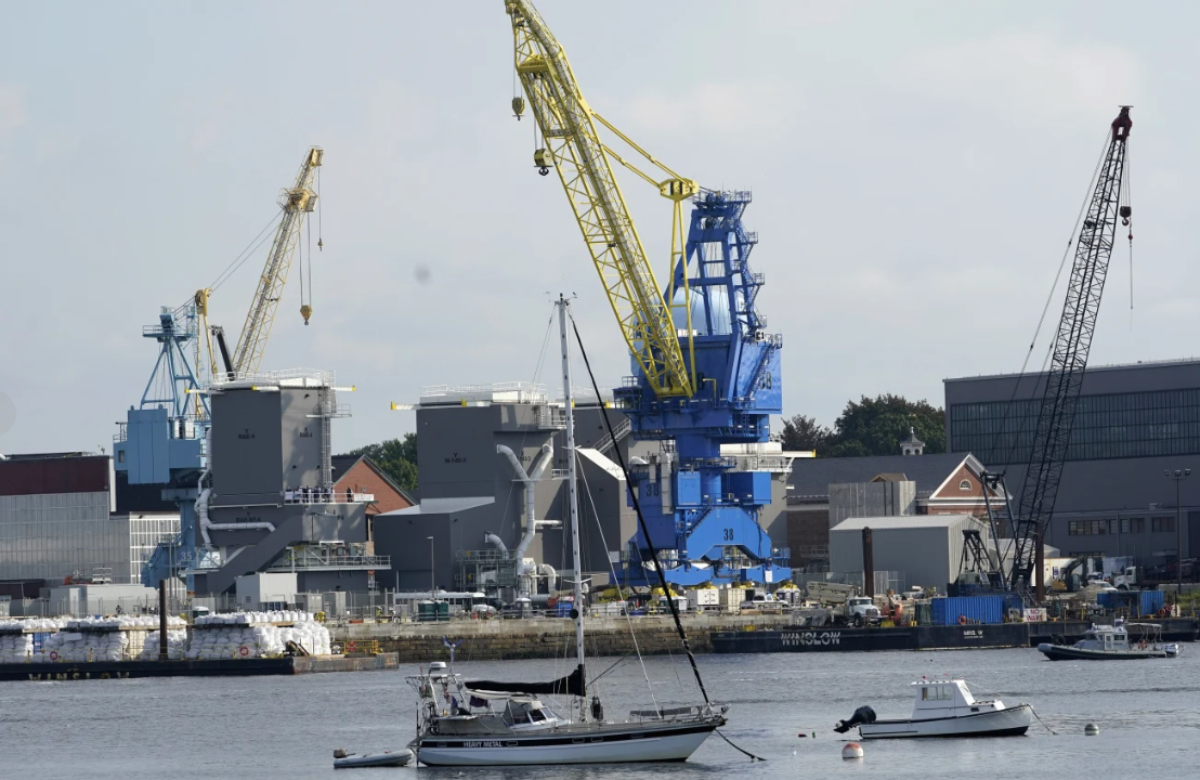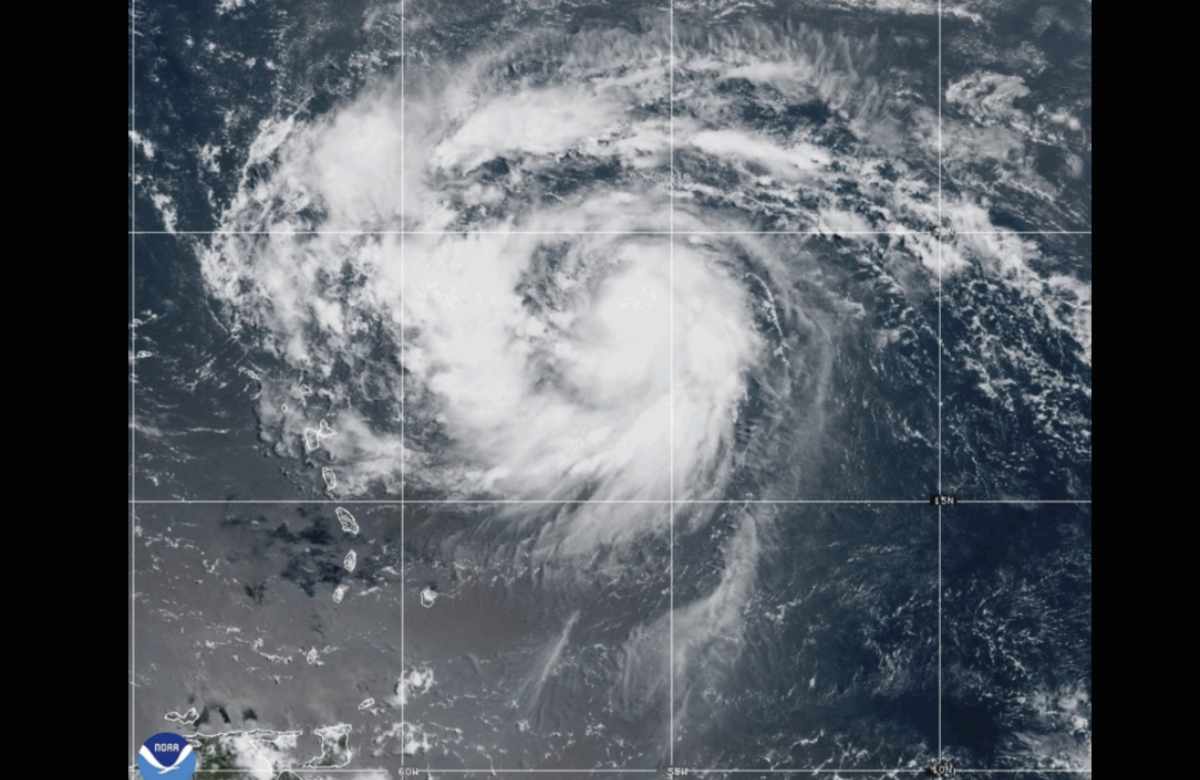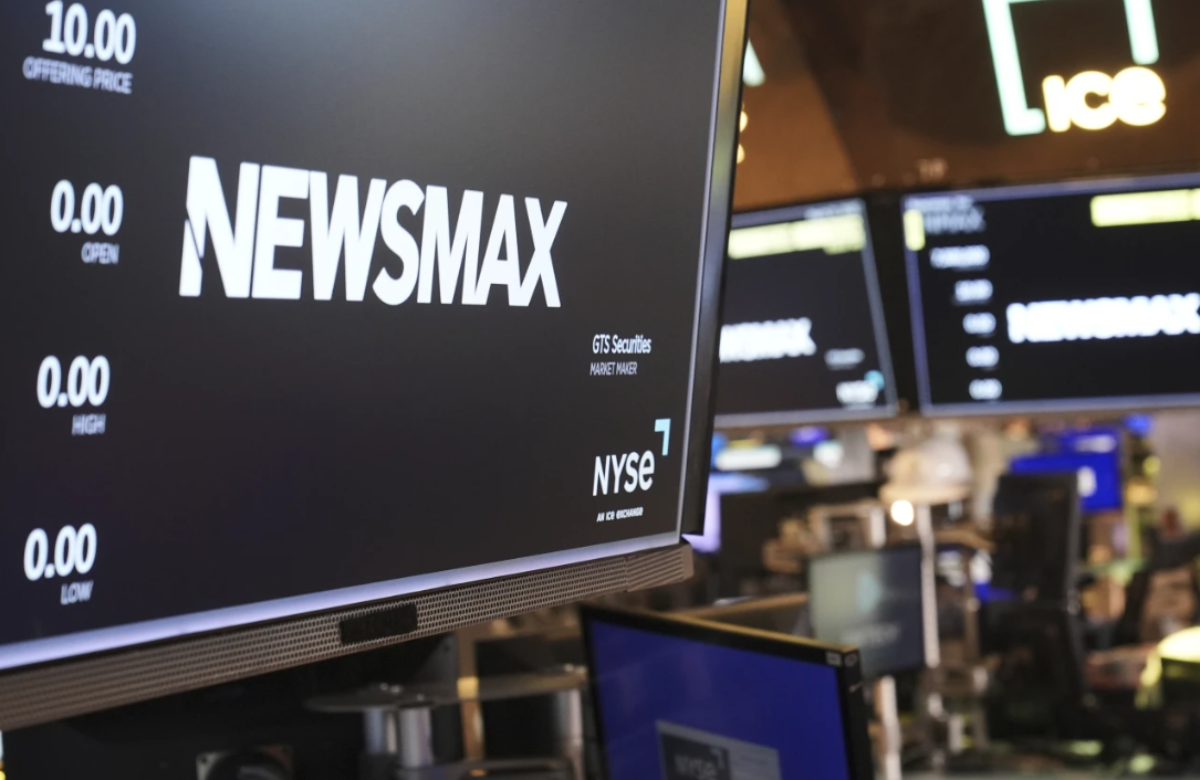A series of naval exercises near the Philippines, involving the United States and its allies, has sparked complaints from China. Beijing claims ownership of the entire South China Sea and accuses the Philippines of collaborating with other countries to create instability in the region.
The U.S. 7th Fleet, stationed in Japan, reported that forces from Australia, Japan, the Philippines, and the U.S. participated in a “multilateral Maritime Cooperative Activity” on Wednesday within the Philippines’ Exclusive Economic Zone.
These exercises aim to enhance the interoperability of the participating countries’ military forces, improving their defense tactics and procedures. While the exercises occurred within the Philippines’ zone, the fleet did not specify the exact location.
Additional drills involving the U.S., Japan, and France are scheduled later this week in the Philippine Sea, an area that China does not lay claim to.
The exercise is intended to improve coordination and cooperation between the French, Japanese, and U.S. naval forces, while also showcasing their abilities in multi-domain operations, according to the fleet.
The U.S. aircraft carrier Carl Vinson, the French carrier Charles De Gaulle, and Japan’s Izumo-class multi-role destroyer Kaga, along with their escorts and air wings, will participate in the upcoming drill starting Saturday, according to the fleet.
France’s involvement is particularly notable given the distance, with the carrier coming from Toulouse, 6,000 kilometers (3,700 miles) away, as noted by Rear Admiral Jacques Mallard, commander of the Carrier Strike Group.
In response, Tian Junli, a spokesperson for China’s Southern Theater Command, accused the Philippines of collaborating with foreign nations to conduct “so-called joint patrols” that he claimed are destabilizing the region. Chinese state media reported Tian’s remarks on Thursday.
Tian further criticized the Philippines’ actions as an attempt to legitimize its “illegal claims” in the South China Sea, aiming to undermine China’s maritime rights. He specifically mentioned U.S.-Philippines joint patrols on Tuesday, adding that China had conducted its own patrols in the area on Wednesday.
China is one of six countries that lay claim to the strategic South China Sea, either in part or in full, despite a ruling from a United Nations-backed tribunal that rejected most of China’s claims. China has also been constructing artificial islands with military infrastructure, such as airstrips. Tensions often arise between China’s coast guard and maritime militia and ships from other claimant countries, like Vietnam and the Philippines.
While China asserts that it does not disrupt shipping or air traffic in the sea, which sees around $5 trillion in global trade pass through annually, it strongly opposes foreign military vessels operating in the region.
The South China Sea is believed to hold significant undersea oil and gas reserves, and while China expresses a desire to reach a negotiated agreement on the sea’s use, progress has been slow.
China maintains that countries outside the region, such as the U.S., should not interfere in matters concerning the sea. The U.S. does not take a formal position on sovereignty claims but has maintained military bases and alliances in the area long before China introduced its “nine-dash line” sovereignty claim.
Beijing is particularly frustrated with the U.S. Navy’s “freedom of navigation operations,” where U.S. warships sail near Chinese-controlled maritime features to assert that Washington does not recognize China’s territorial claims.
